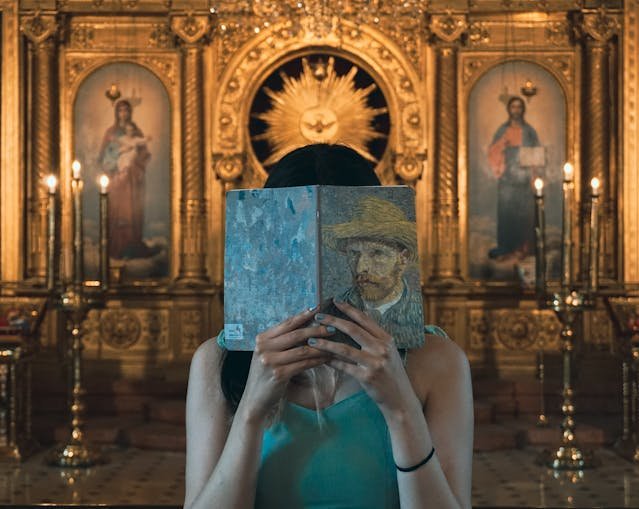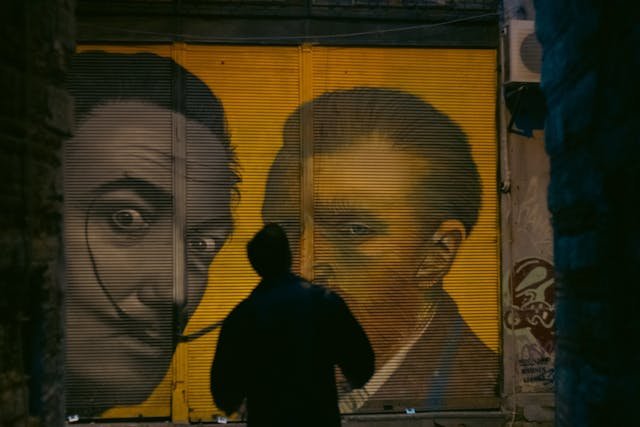Vincent van Gogh is one of the most famous painters in the world, but so much of what people “know” about him is only part of the story. His art wasn’t just about color and texture—it was about emotion, pain, hope, and humanity.
Here are 7 things you might not know about Van Gogh that could shift how you experience his paintings:
1. He Didn’t Start Painting Until His Late 20s
Van Gogh wasn’t a childhood prodigy. He didn’t pick up a brush until he was 27, and even then, he struggled deeply with self-doubt. Most of his famous work came in the final two years of his life.
2. He Created Over 900 Paintings in Just 10 Years
Despite his short career, Van Gogh was incredibly prolific. That’s nearly two paintings a week—not including his drawings and sketches. He worked obsessively, often in a frenzy of inspiration.
3. He Only Sold One Painting in His Lifetime
Van Gogh died thinking he was a failure. He sold just one known painting—The Red Vineyard—before his death. It wasn’t until after he died that his work began to receive recognition.
4. He Wrote Hundreds of Letters That Reveal His Soul
Many of Van Gogh’s letters, especially those to his brother Theo, still exist. They’re filled with insight, poetry, and vulnerability. They show a man who was thoughtful, deeply spiritual, and constantly questioning the world.
5. He Used Color to Express Emotion, Not Reality
Van Gogh didn’t care about capturing what something looked like. He painted how it felt. The sky could be green. A tree could be blue. For him, emotion mattered more than accuracy.
6. He Wasn’t Just Sad—He Was Hopeful
It’s easy to focus on the tragedy of his life, but Van Gogh also painted beauty, joy, and connection. His sunflowers weren’t just flowers—they were symbols of friendship and light.
7. He Didn’t Cut Off His Entire Ear
He cut part of it—just the lower lobe—and the reasons are still debated. It wasn’t a random act of madness. It came after a mental health crisis, likely triggered by illness, isolation, and emotional distress.
Vincent van Gogh wasn’t just the tortured artist we often hear about.
He was a seeker, a storyteller, a man who painted to survive.
And when you know more of his truth, his art doesn’t just look different—it feels different.
Next time you see a Van Gogh, look for the heartbeat behind the brushstrokes. It’s still there.









